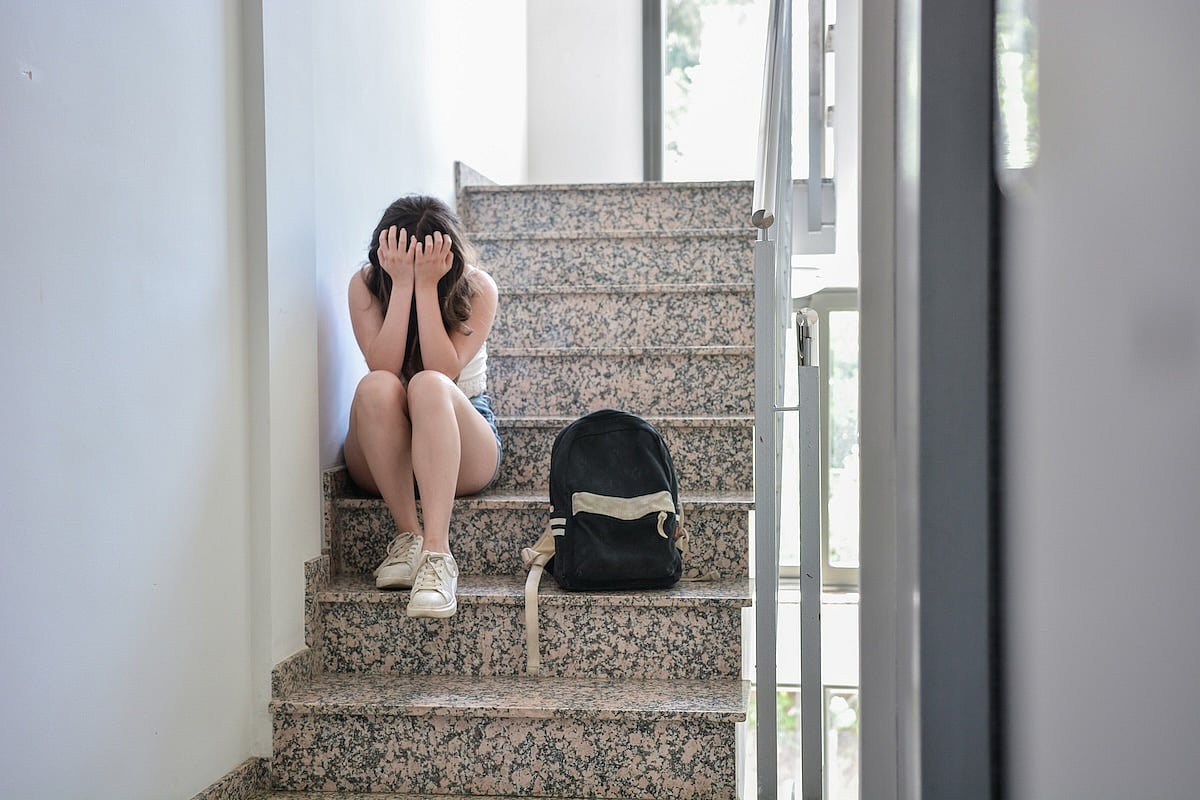Please call us to schedule your appointment or if you need us to help you decide which vaccinations you need.
(315) 848-3784
NEW! Access your prescriptions online. Click "Sign Up Today!" to create a new account.
Download our NEW Mobile App!
Get Healthy!

- Posted September 10, 2025
Household Items Tied to Sharp Increase in Self-Harm Cases in Teens
WEDNESDAY, Sept. 10, 2025 (HealthDay News) — Cases of self-harm involving 6- to 12-year-olds have risen sharply, and researchers warn that common household products are often involved.
Their findings appear in the Sept. 8 issue of Pediatrics, the journal of the American Academy of Pediatrics.
Researchers analyzed more than 1.5 million reports made to U.S. poison control centers from 2000 to 2023.
While overall substance exposures in kids rose more than 50%, the number of cases linked to suspected suicide or self-harm intent increased up to fourfold, said study co-author Dr. Hannah Hays, chief of toxicology at Nationwide Children’s Hospital in Columbus, Ohio, and medical director of the Central Ohio Poison Center.
“These cases were far more likely to result in serious medical outcomes or hospitalization for these children,” Hays told CNN.
Reports of suspected self-harm among 11-year-olds increased by 398% since 2000, and by 343% among 12-year-olds, the study found.
The products most often involved?
Pain relievers, antihistamines, cold medicines, vitamins and other available household substances were commonly used.
“With increased access comes increased exposures to all things,” Hays said, noting that the presence of more medications and toxic substances in homes raises potential risks.
Hays also said the decision-making and planning parts of a child’s brain are still developing, which can make kids more impulsive.
That, combined with easy access to medications and other toxic substances, can increase the likelihood of self-harm.
She recommends locking up prescription and over-the-counter medications, disposing of unused products safely and considering packaging changes for high-risk drugs.
“Just those few minutes to pop the pills out of the blister pack can be enough to make a child think about what they’re doing, stop, and it can therefore save their life,” she added.
Hays stressed the importance of caregivers looking for early signs of distress.
“Children don’t always look at you and say, ‘I’m feeling depressed. I’m feeling like I want to harm myself,’ ” she said.
Parents should watch for changes in mood, behavior, sleep, appetite and school attendance, and seek help when any concerns arise.
Additionally, health care providers, the study noted, can play an important role by screening for suicide risk and offering early mental health support.
More information
Kids Health has resources for helping teens who self-harm.
SOURCE: CNN, Sept. 9, 2025







